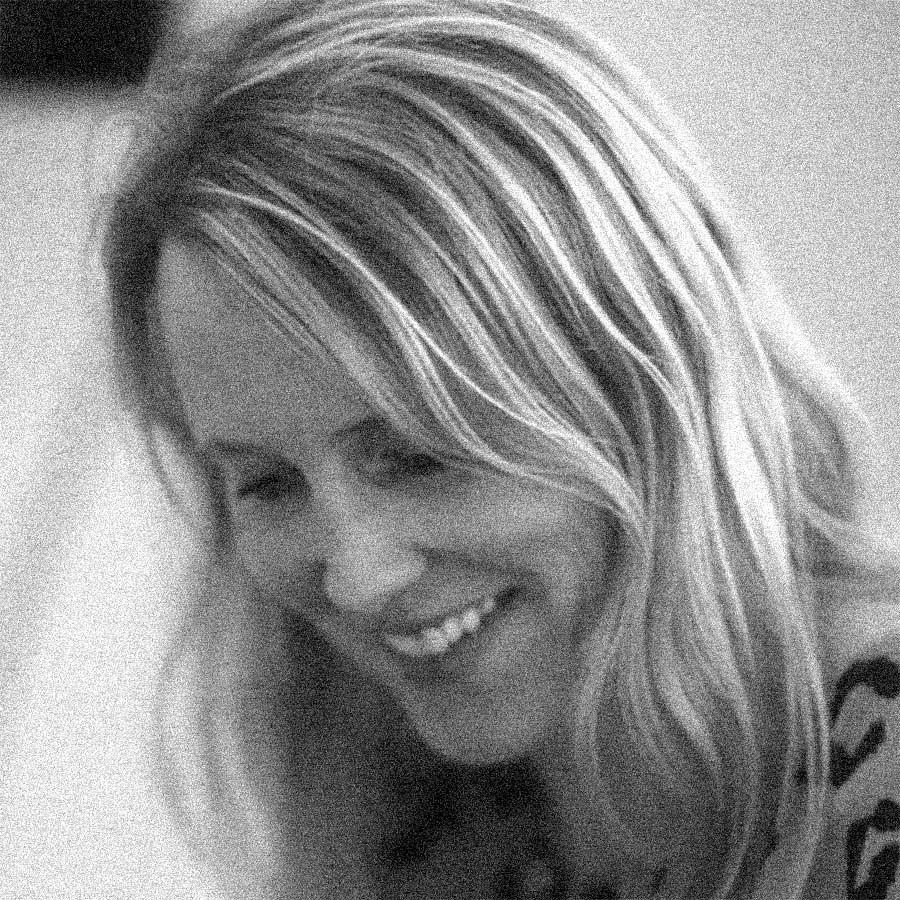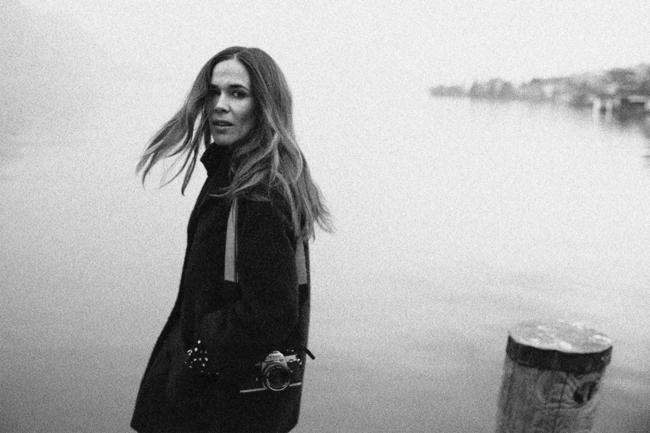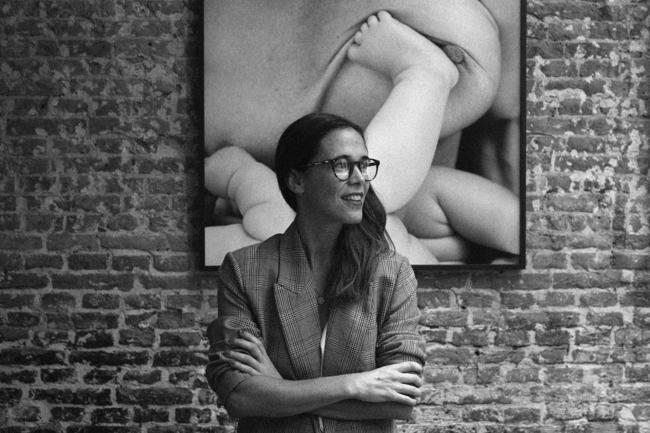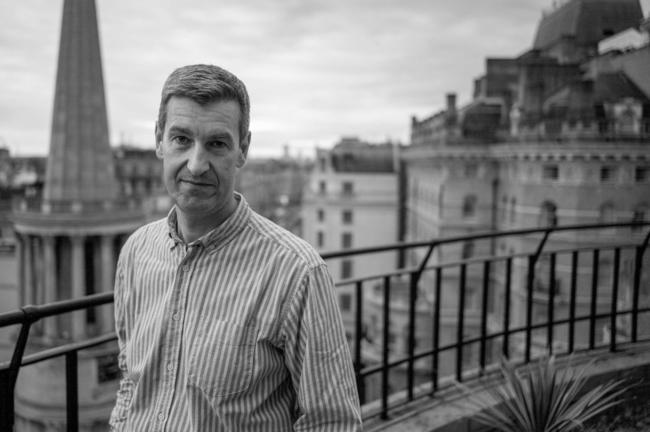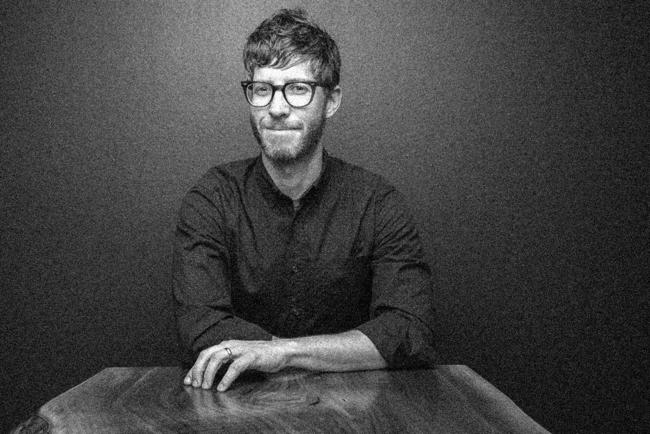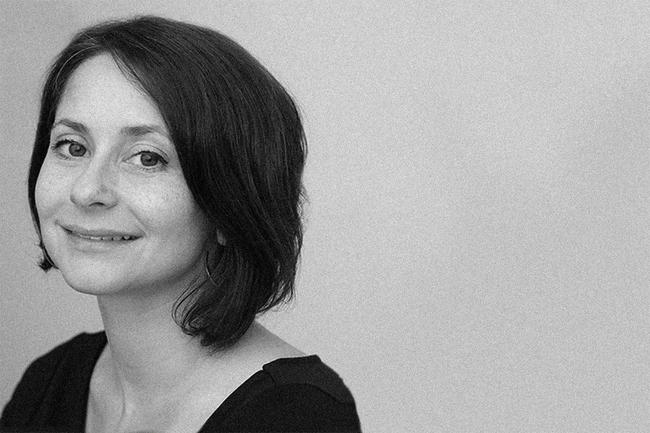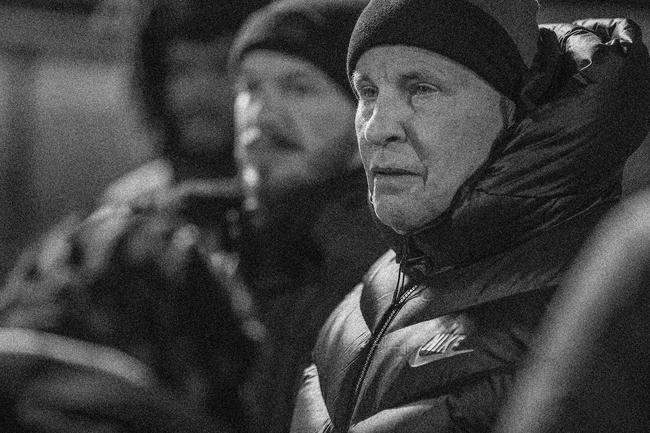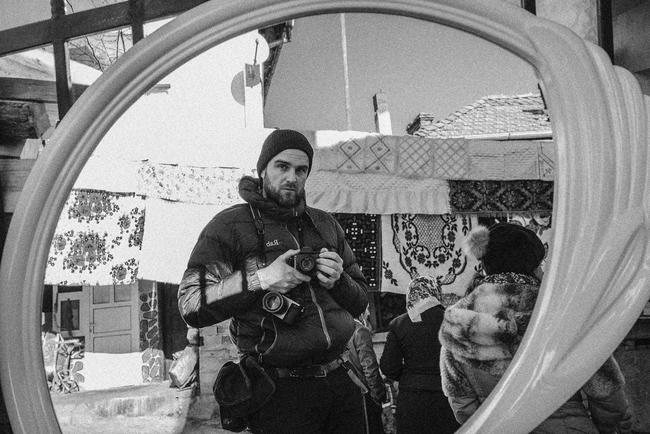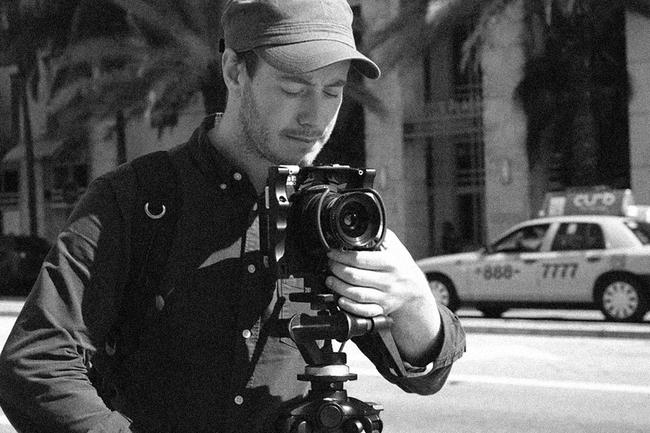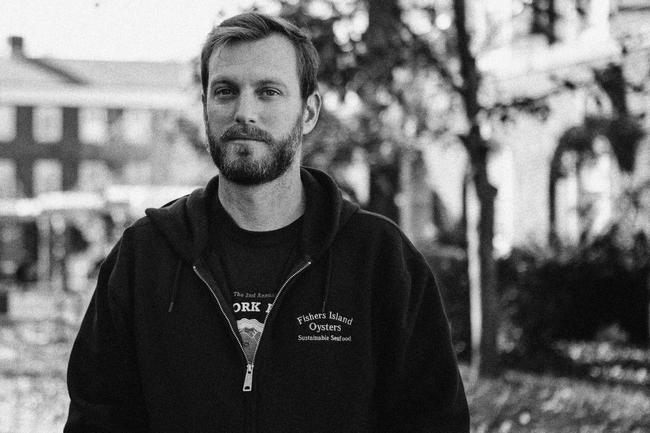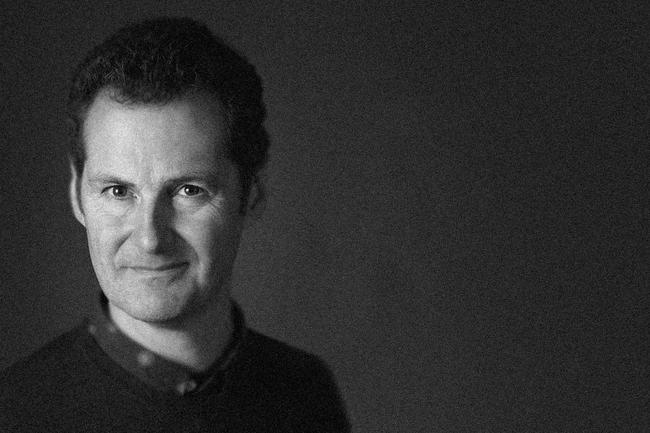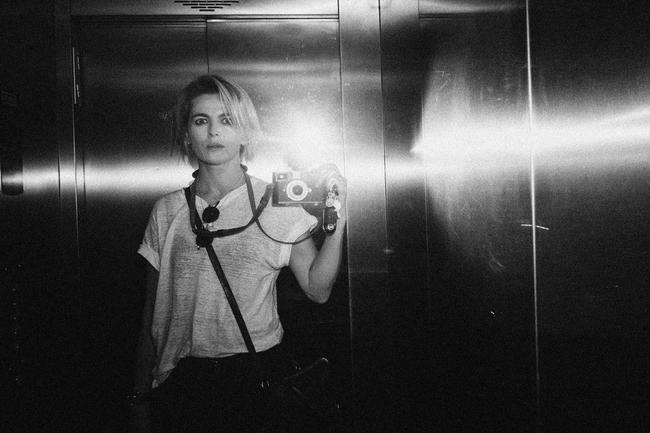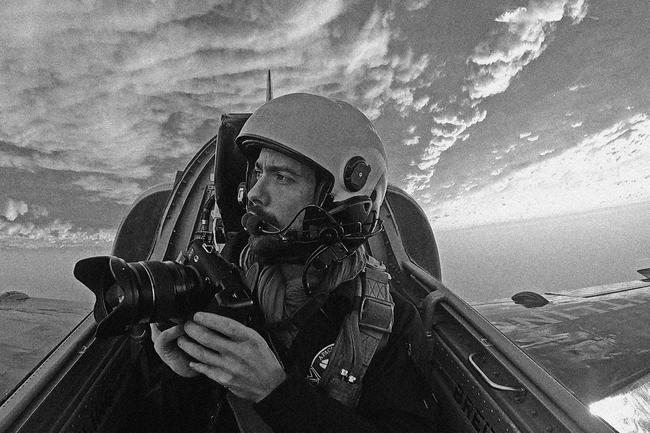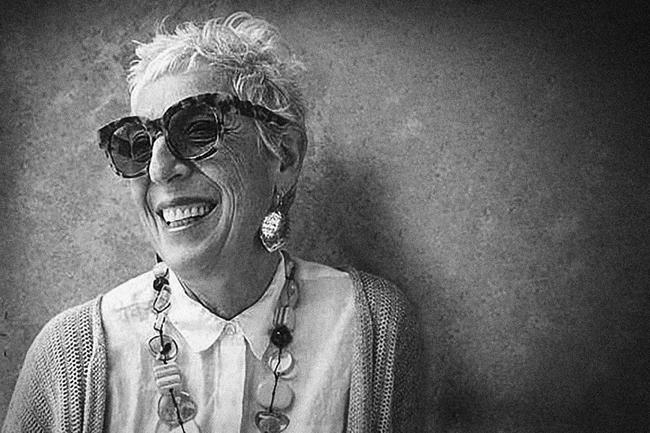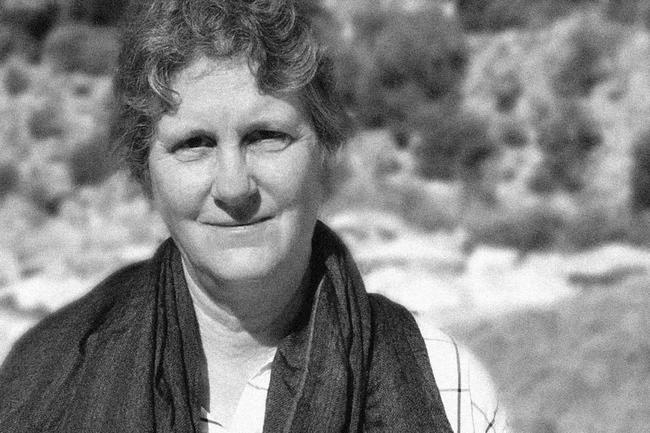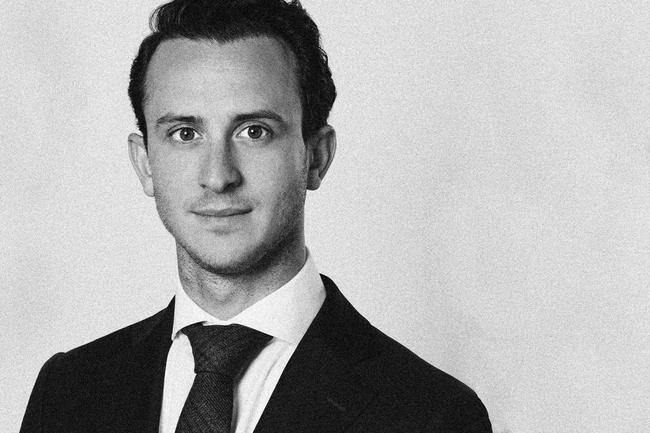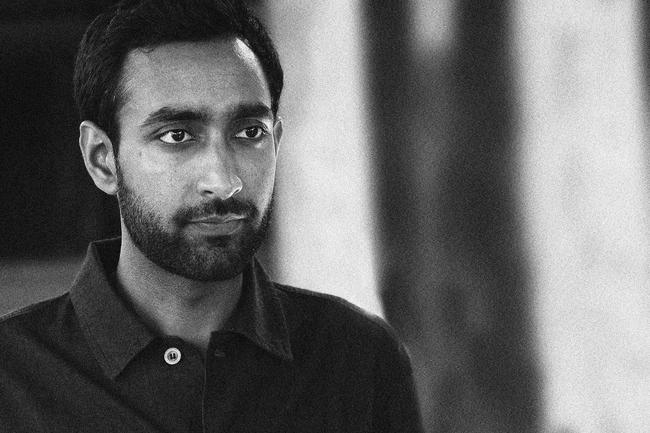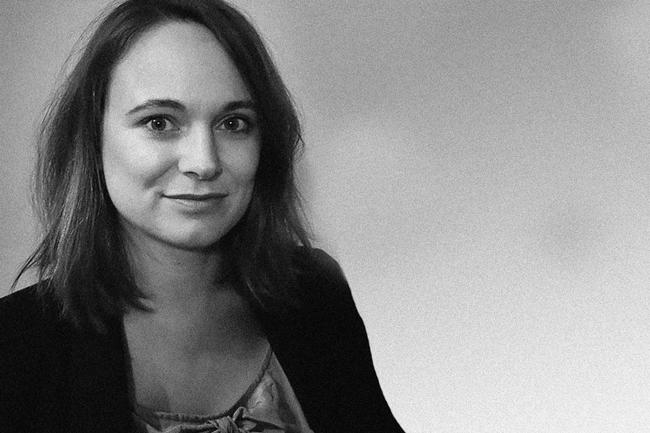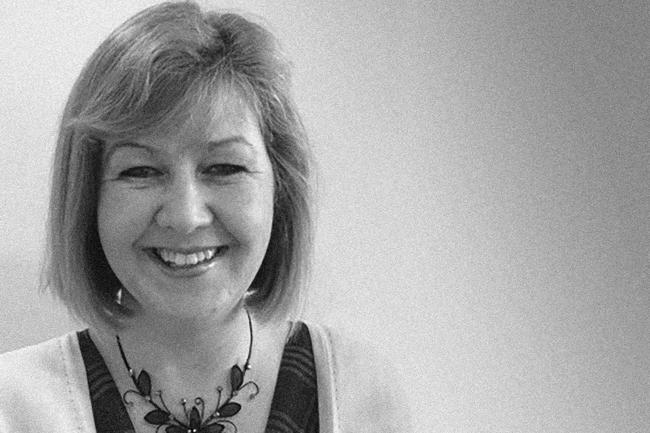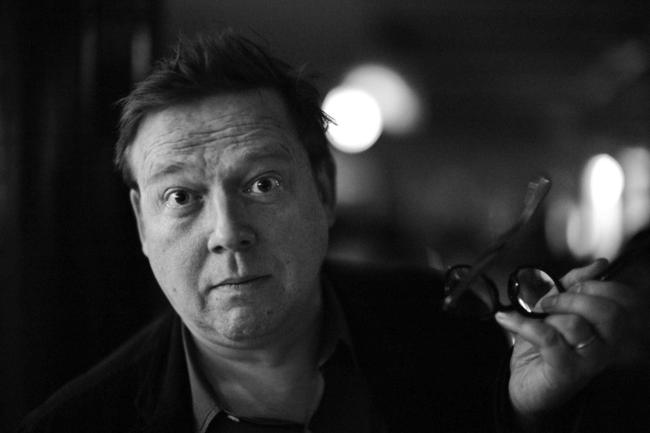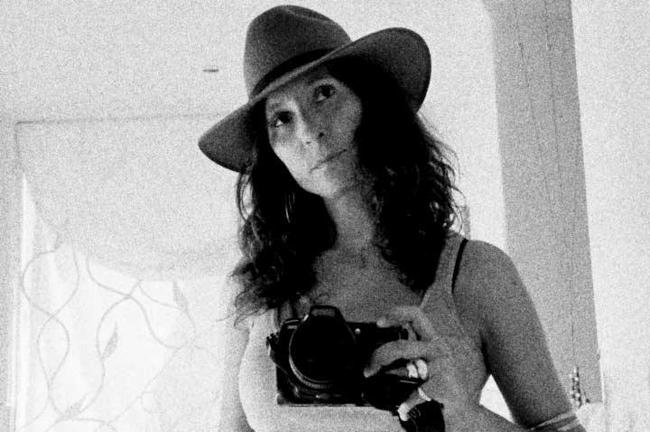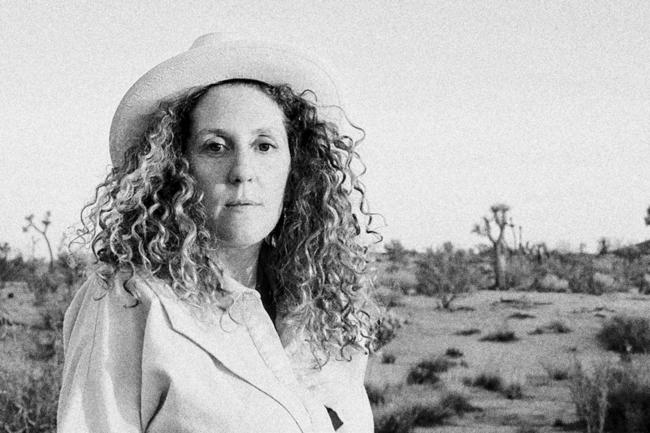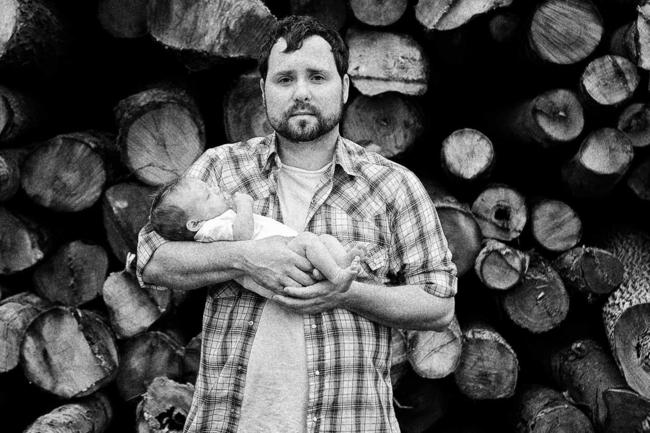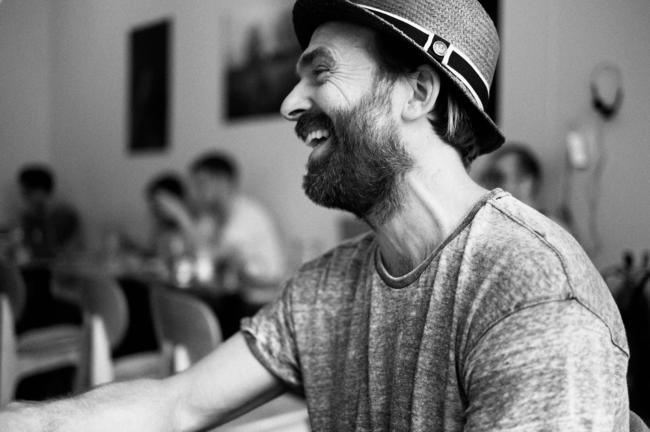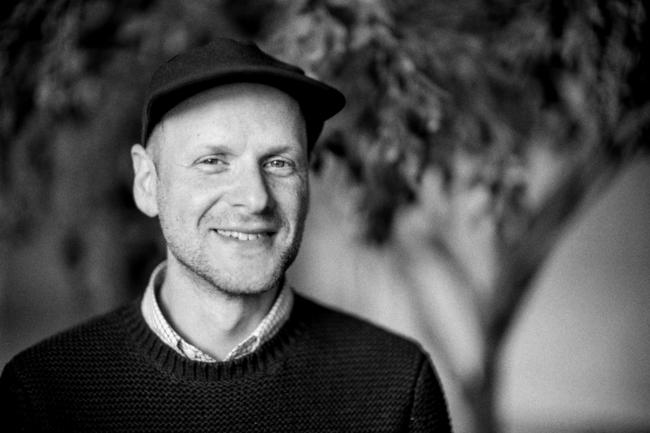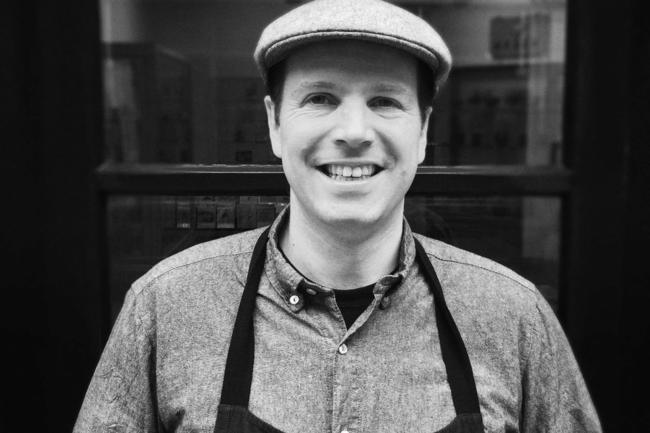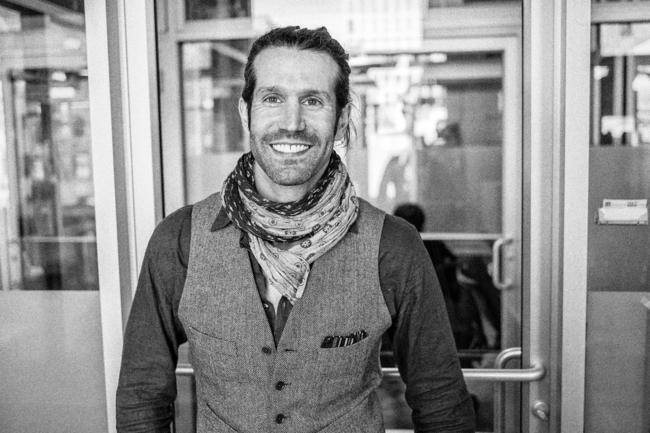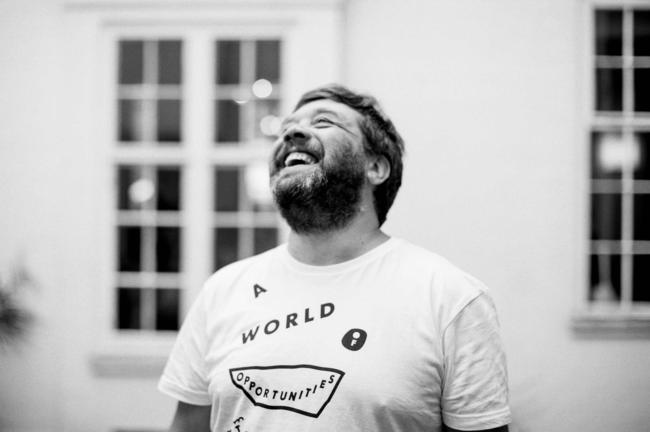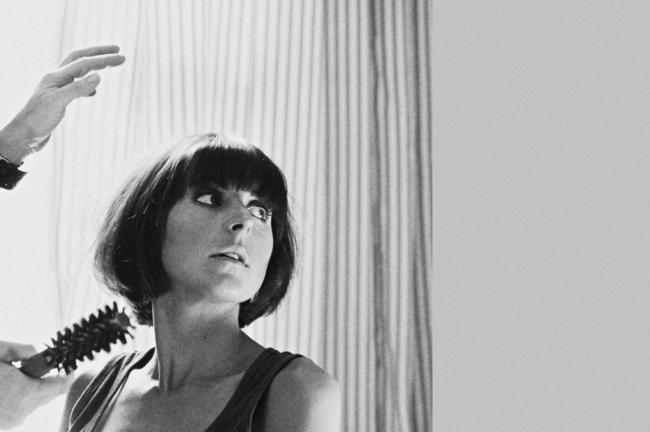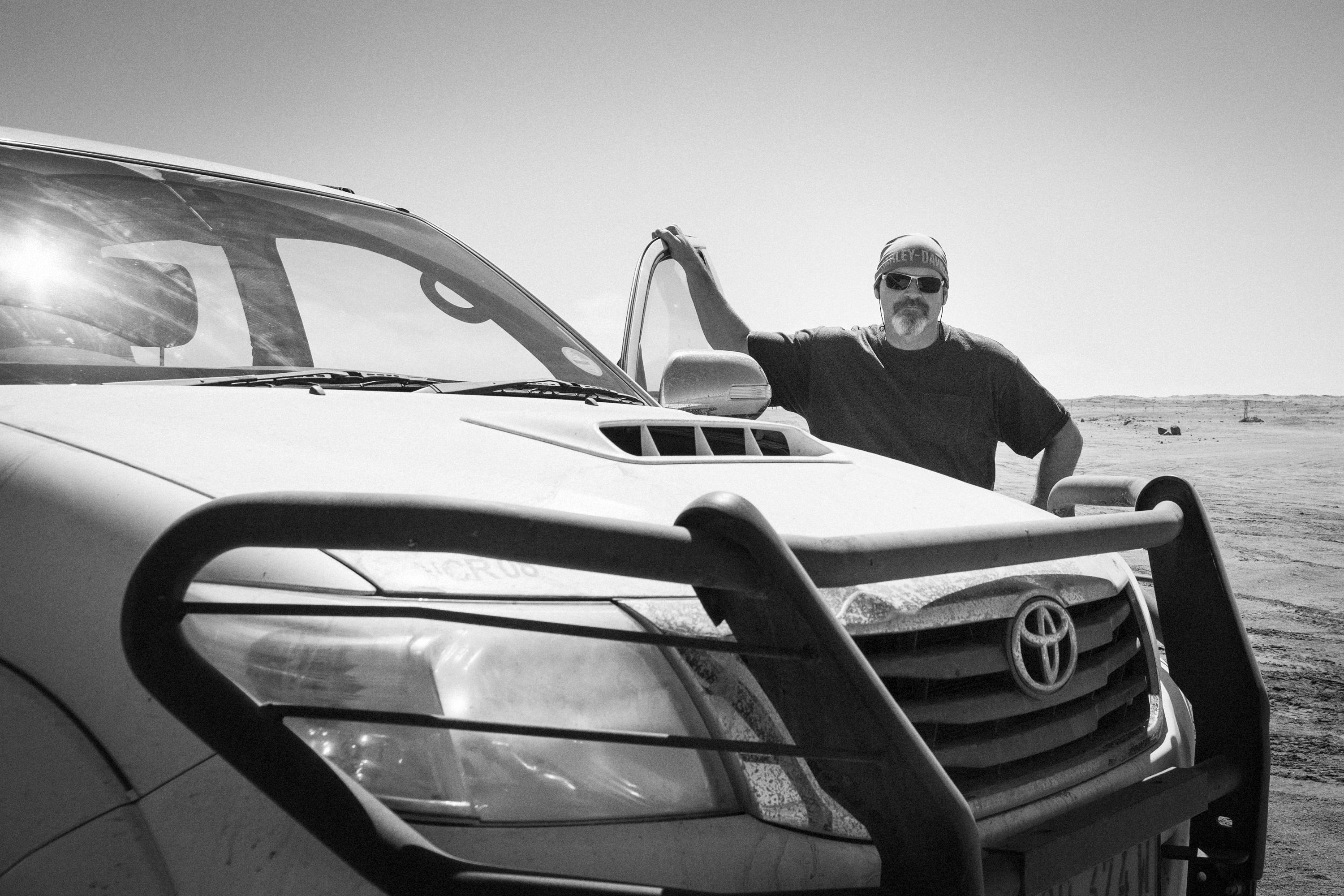
Conversation with Jens Görlich
German photographer Jens Görlich talks to Tea & Water from his self-built home outside Frankfurt, an almost Bauhaus-style oasis of quiet. He has been a professional photographer for more than 20 years, though his beginnings stretch back to good fortune in some defining apprenticeships.
Jens focuses on people, landscapes and transportation. His wanderings have taken him to more than 50 countries and up in the skies to shoot haunting, almost other worldly desertscapes. But he would resist being pigeon holed as he always tries to stay open and follow his heart; not planning life too much. Jens still regards his job to this day as educational travel. Broaden your horizons, listen to people and remember to turn around. The better picture might literally be just behind you, he says.
Tell me about your journey to becoming the photographer you are today?
When I was in school I was fascinated with drawing pictures. I was not so artistic but about trying to capture the real stuff. I tried to achieve pictures that were life like, so it sort of came naturally when I was 17 to buy a cheap camera and start snapping away. I liked the idea of capturing real life, in real pictures. I then borrowed a great SLR camera from a friend for my first trip to New York after high school. I think I took about 15 rolls of slide film. I was absolutely fascinated by the city. It was summer, so very hot and humid, but I must have walked for miles and miles every day. When I developed the film back at home, that was it, I was totally hooked. A little after that, while still enrolled at Frankfurt University for American studies, I started looking for photographers in Frankfurt who would take someone on for work experience. I found this wonderful photographer called Clive Davis, who at that time was a famous still-life photographer. I was absolutely fascinated. It was the first time I saw what you can do with a film; how you can professionally alter pictures and what it takes to achieve something in the studio with all the tricks, lighting and little mirrors. I enjoyed being with him so much that this dream got stronger and stronger and I wanted to work with film and pictures. Of course it’s always a matter of luck; of being there at the right time.
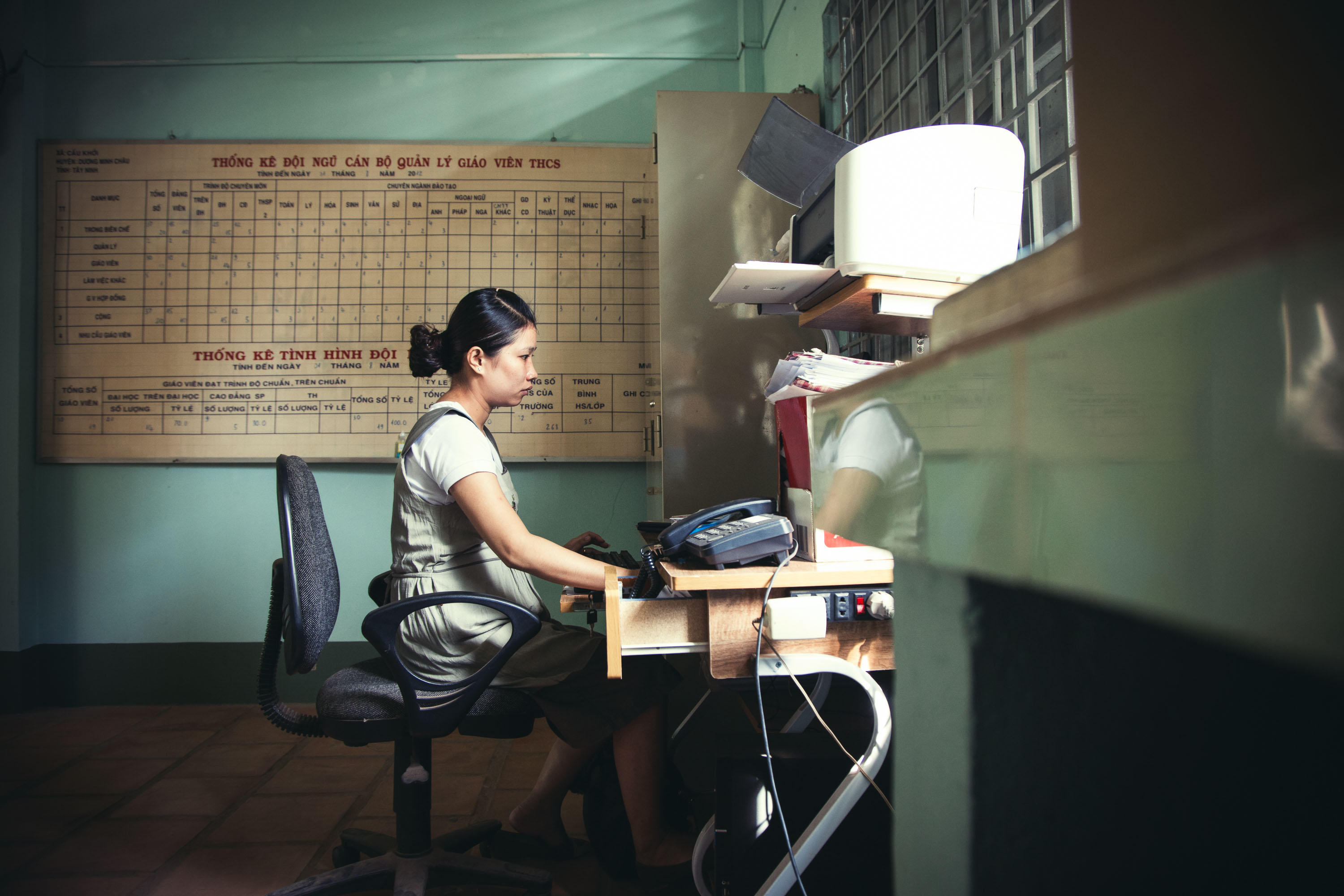
I learnt a lot about light and creating settings and stuff. I would never have spent my time taking a picture of a cup or glass of beer but Clive did – all day. It was a good schooling. Through Clive I then met Michael Ehrhart, who was a well-known people photographer. His portfolio showed all these different pictures from around the world, rather than in the studio; people, with scenes, and they were beautiful. I became his assistant, even though I felt I wasn’t ready. It was brave of him.
I stayed with him for around 18 months and went all around the world with him. It was very educational. With all that travelling, it was a great push in a social way as Michael taught me so much about life. So it wasn’t just the photography. Travelling, you see new cultures, you have to talk in a different language and make things work in a new environment.
And all that stuff helps you grow as a person and a photographer. It’s so enriching.
I think travelling is the most educational thing you can do. I think everyone should be forced to visit other countries.
But within 18 months or so (aged 23), your time with Michael, though wonderfully enriching, had worn you down. Long days, limited sleep, seeing the macho jostling between photographer and art directors over who could do more; who could keep going the longest, pushed you onto a new solo path.
Yes, it came to a point where I felt I had lost my life and I didn’t enjoy it any more. I decided I would go into editorial photography. So with some savings, I took myself off to Mexico with a Spanish speaking friend (from Panama) as my guide and translator, so we could do a story on the production of Tequila.
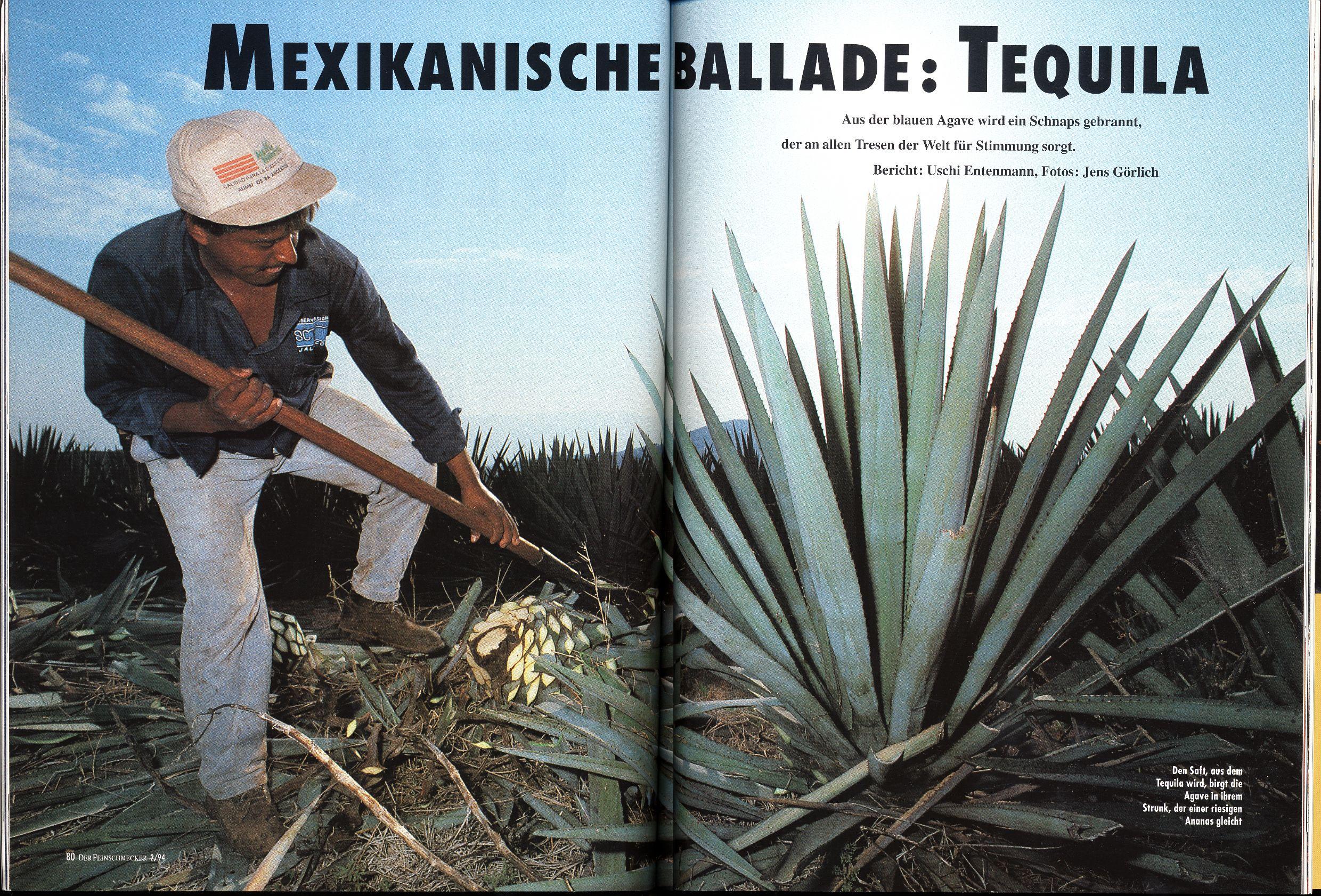
It’s inspirational you had learnt all these things from these brilliant photographers but were brave enough to say “Right, that’s enough, this is draining me”. And you took off.
After Mexico we did one more editorial project together in a little village called Comalapa in Guatemala. It is famous for its inhabitants, a community of Mayan Indians who are oil painters but not in a typical Indian style; more of a European style. They were very open about being photographed.
How would you describe your approach to your subjects?
I think my approach is very calm, so I hope that helps the subjects to be open. I would say 90 per cent of my jobs are like this. I tell other people to do whatever they would normally do and try to ignore me; to get to a point where they feel comfortable. When I see something that is a key visual thing, I might ask them to repeat it, but it’s not that I create the scene. I try to capture the real moments. Of course, if it’s advertising, it’s different, but editorially I would never really do this.
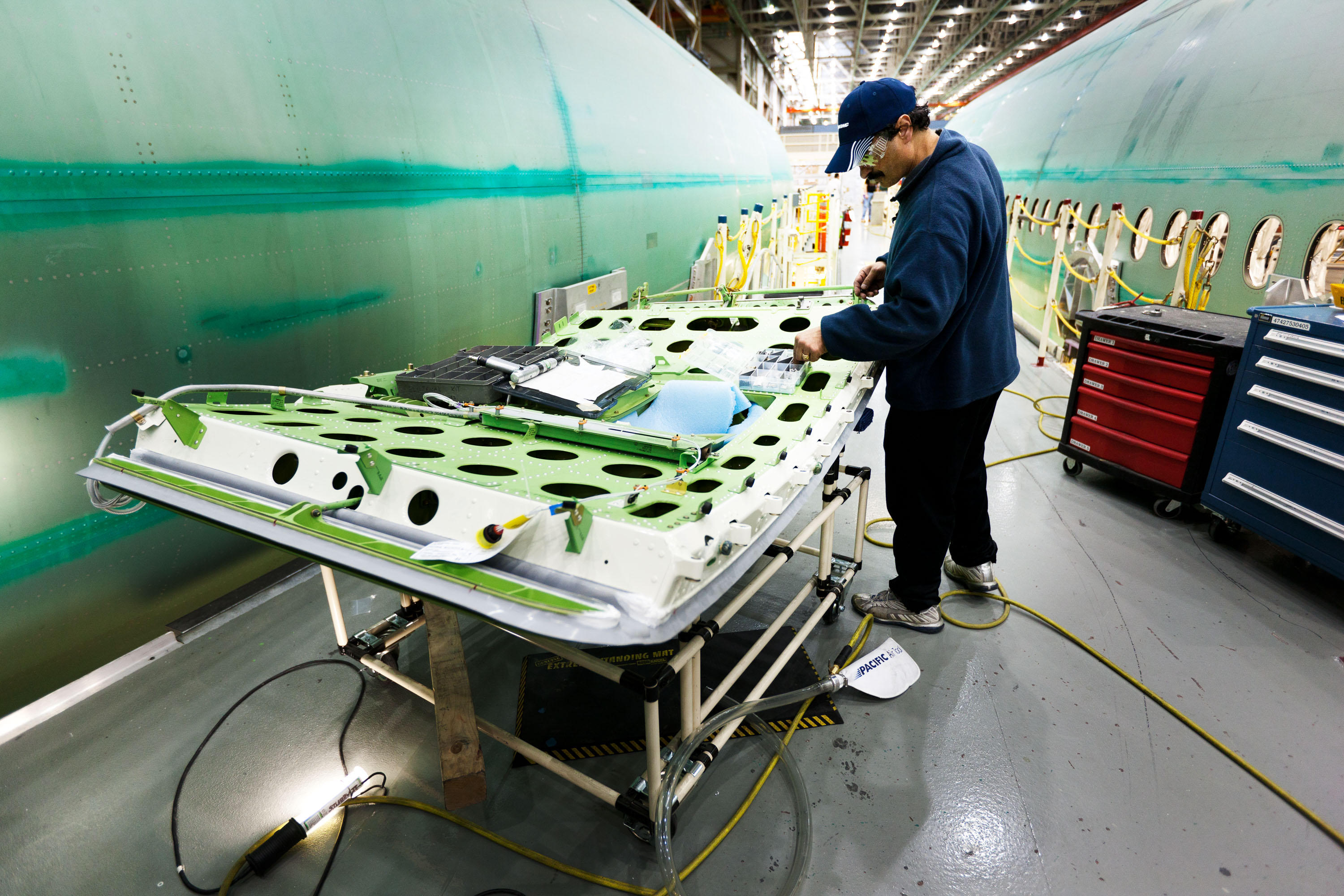
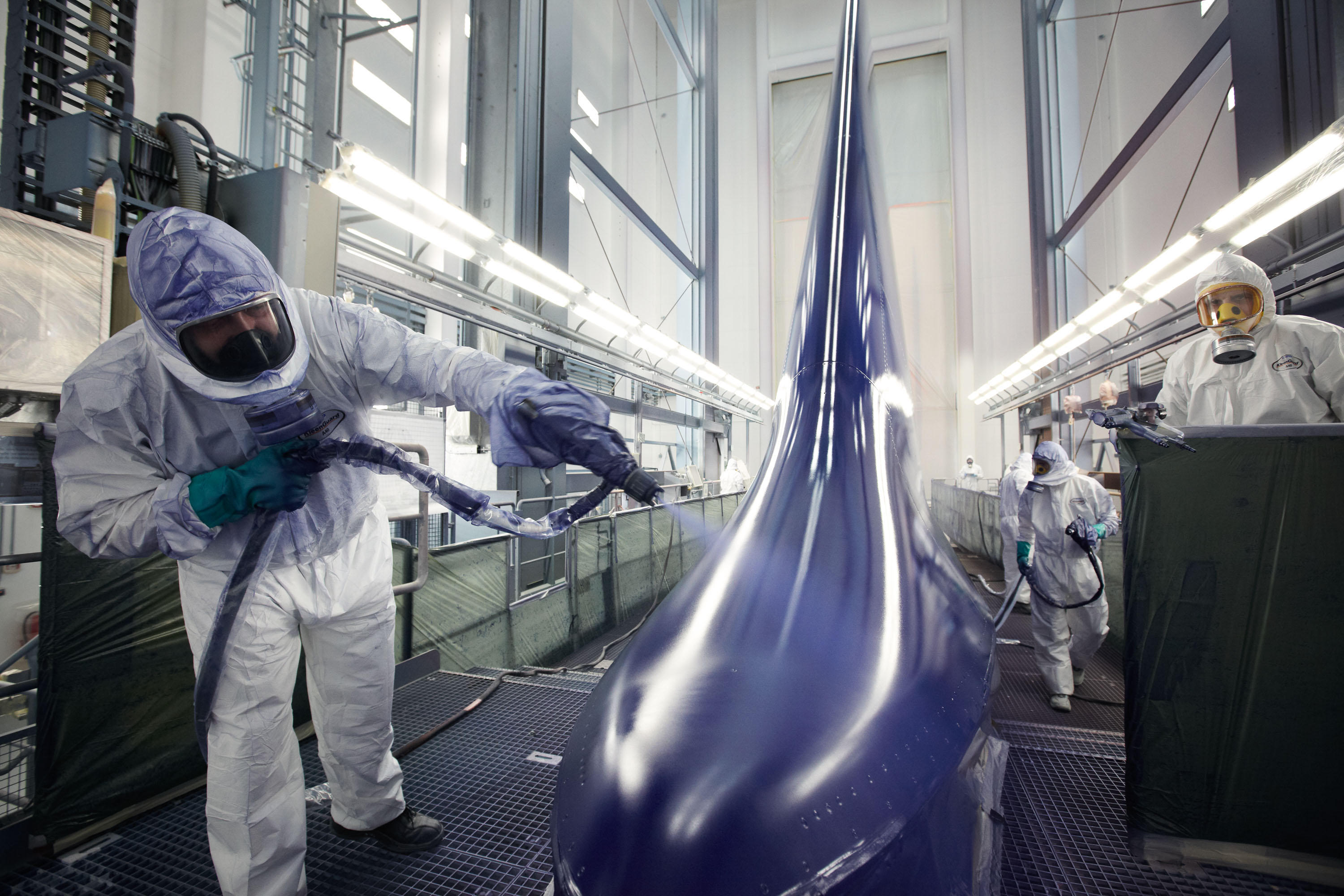
I regard my job still to this day as educational travel. You come back with a portfolio full of pictures but also in your brain you have a portfolio full of moments that are still there and it’s great.
When your first editorial photo story on Tequila production was bought by a magazine in Germany (Feinschmecker) did things suddenly feel different?
That was the number one moment – I almost couldn’t believe it. It happened almost easily, as although I had this idea I was kind of goofing around and suddenly it became professional. You feel there’s a transition, you feel on a different level somehow. I then started combining my own stories but also doing a lot of location-scouting for Michael. I was constantly travelling and I developed a thing for landscapes and panoramics. I bought this Hasselblad panoramic camera, using black and white film and I had my own lab.
It was around this time that another great contact was made with Georg Fischer, whose pictures were beautiful. He asked me to location scout for him and a little while later he offered me a job as his assistant. I turned it down as I felt I wanted to be doing my own thing a little more. But a year on, I was ready and luckily Georg invited me to work with him so I moved to Hamburg. It’s always the brave risk and hopefully you get something from it.
There is luck and the place you are in life. But it can’t just be good fortune that you’ve ended up working with these great people. As you say, it’s also about taking risks.
I found that Georg’s approach to photography was totally different. He came from that schooling that was about telling stories, it was very editorial. He had no idea how to work with big lights as he simply didn’t have to do it. So he actually liked the fact that I came from still life, and from Michael, where we used a light meter and everything was so perfect. He trusted me so much, that it was a nice level playing field.
I remember a time when we had a production and the weather was really shitty but it was dramatic and we were looking for this dramatic shot but didn’t have much time because the clouds were passing and the sun breaking through once in a while. It was for Mercedes, it was almost a still life of the gas pump/filling nozzle and a small piece of the car. Everything was positioned. And generally, in those (advertising) situations, you would alter tiny things – move the light a little to the right or whatever, to keep trying to get the perfect shot. But Georg was different. He said “No, I’ve seen the fifth Polaroid now and it’s not working”. And he just turned the whole setting around. We had maybe five minutes left and that was exactly the right decision. Georg was brave.
Sometimes you narrow yourself in photography into something that’s not working and you have to broaden your horizons and be sober; come back to it and ask yourself what you need to do to get the right picture. And sometimes it’s radical but so simple; you just have to turn around. The better picture might literally be just behind you but you’re not seeing it.
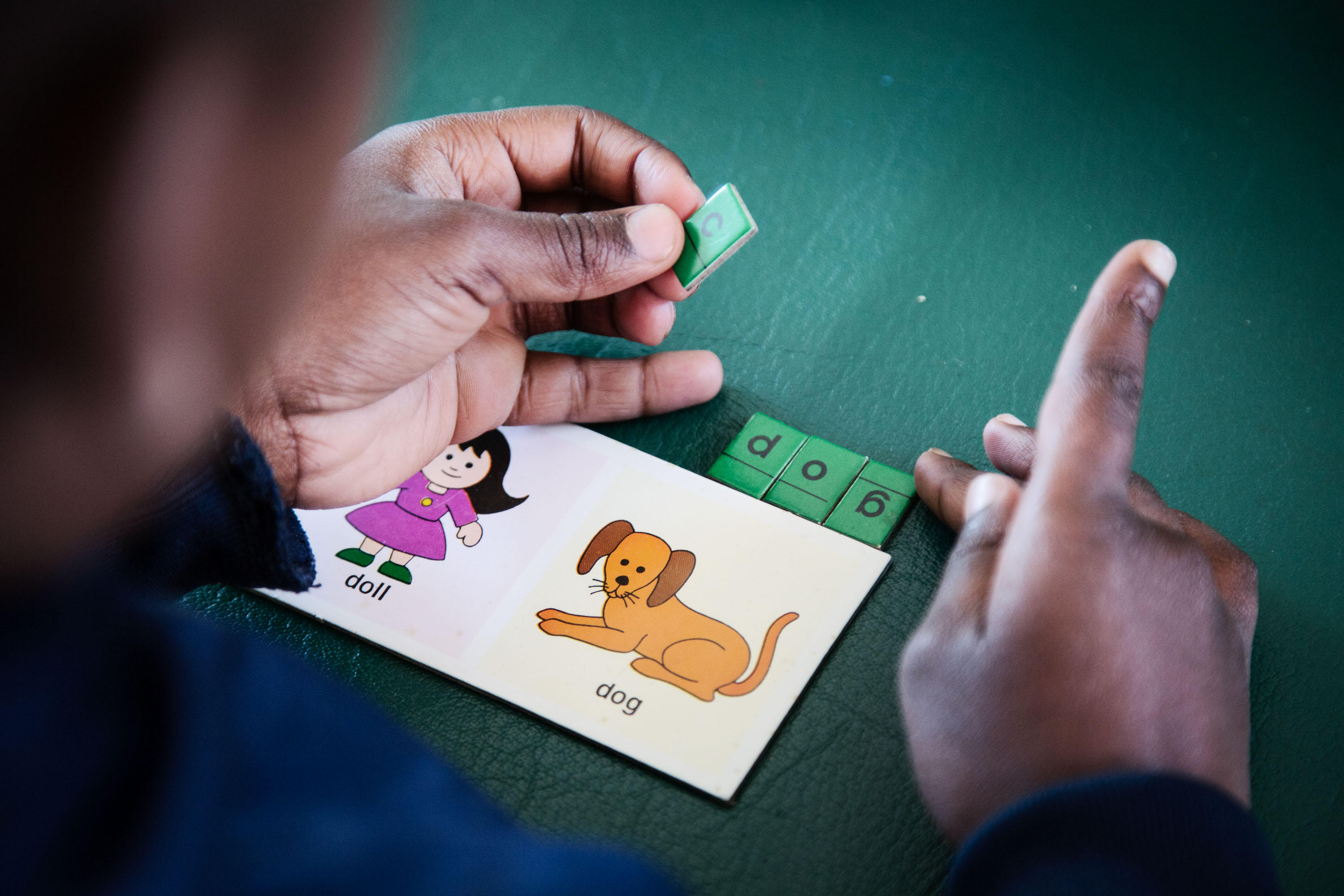
I ended up shooting mostly cars with Georg, so there was a lot of travelling. When I moved on from being his assistant, the influence from Michael, and the people photography, and the editorial photography, these were quite strong and I wanted to go my own way.
I did a lot more location-scouting after the time as an assistant and also used that time for my landscape photography. And then slowly, I started doing my own jobs, which was around 1994.
What characterises you and what do you keep in mind when you’re taking a photo?
What I do with people mostly is with a very open aperture and shallow depth of field. I try to focus on one person, one movement, one situation and I like to blur out the other stuff in the background and foreground. And I think what characterises me, in a way, is that I like graphic photography. I like very clear framing and that’s why, when I put together my portfolio, I hardly ever need to crop a photo. All of them are shot in the way that I want them to be seen later on. And I think that is very special, as I think there are a lot of people who say it’s about the moment and they don’t care about the framing and they do it later on.
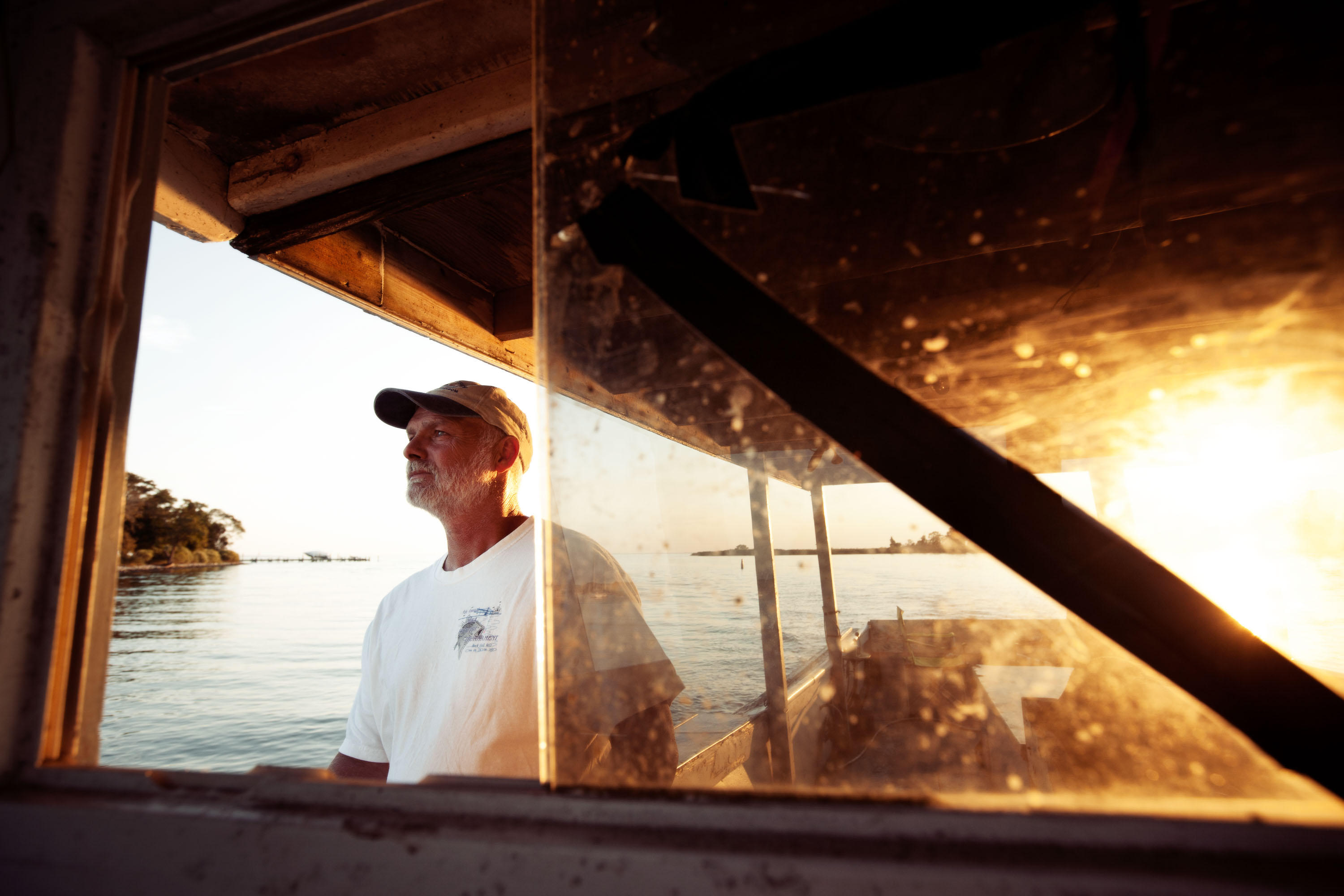
In a sense, it means all of you is really in that moment, taking the photo, not part of you in it afterwards, chopping and changing it.
But the style I shoot people in has changed. In the days of analogue, you really created everything – the scene and the moment, as you didn’t make as many pictures. In today’s digital world, we obviously have the freedom to shoot much more stuff and then reach the maximum in trying to do something. So now, I might put the motor on and get eight frames in a second, which in the earlier days I wouldn’t be able to do.
It makes you more of a cinematographer. With digital you’ve got the opportunity to just let it run.
I think everything improved with the digital world. I don’t see that anything was better in the old days (photographically). Everything looks like that through rose tinted glasses, but if you look at it professionally and what you get out of it, I think there is nothing that was better.
How do you educate yourself to take better pictures? What advice would you give?
I think generally, across your whole life, not just photography, you need to stay open and listen to other people. I wouldn’t have developed professionally in certain ways if I hadn’t maybe listened to a client when they had a good idea. You tend to block out stuff on the left and right when you’ve found the way that works for you and your clients. But maybe that fourth or fifth client has a different idea – and if you listen to it, it might take you further along and broaden your horizons. Other than that, I would say follow your heart because there are so many ways to express yourself in photography or filming. My way is right for me but there are a lot of people I admire who go a totally different way. Be self-assured and try to figure out what’s best for you.
You’ve travelled far and wide over the years but are there places that really grab your heart; landscapes that inspire and excite you?
It can be anything. I remember a pink painted wall in Los Angeles that fascinated me. And really, it was just a fraction of a landscape but I remember there was a silver car parked in front of it. I was travelling with my son at that time in a black rented Ford mustang. And I parked it facing the Mercedes. Behind them was this wall. It was very harsh sunlight, with a shadow of a streetlamp dividing the picture. For me, it’s still a great landscape, but it’s so reduced.
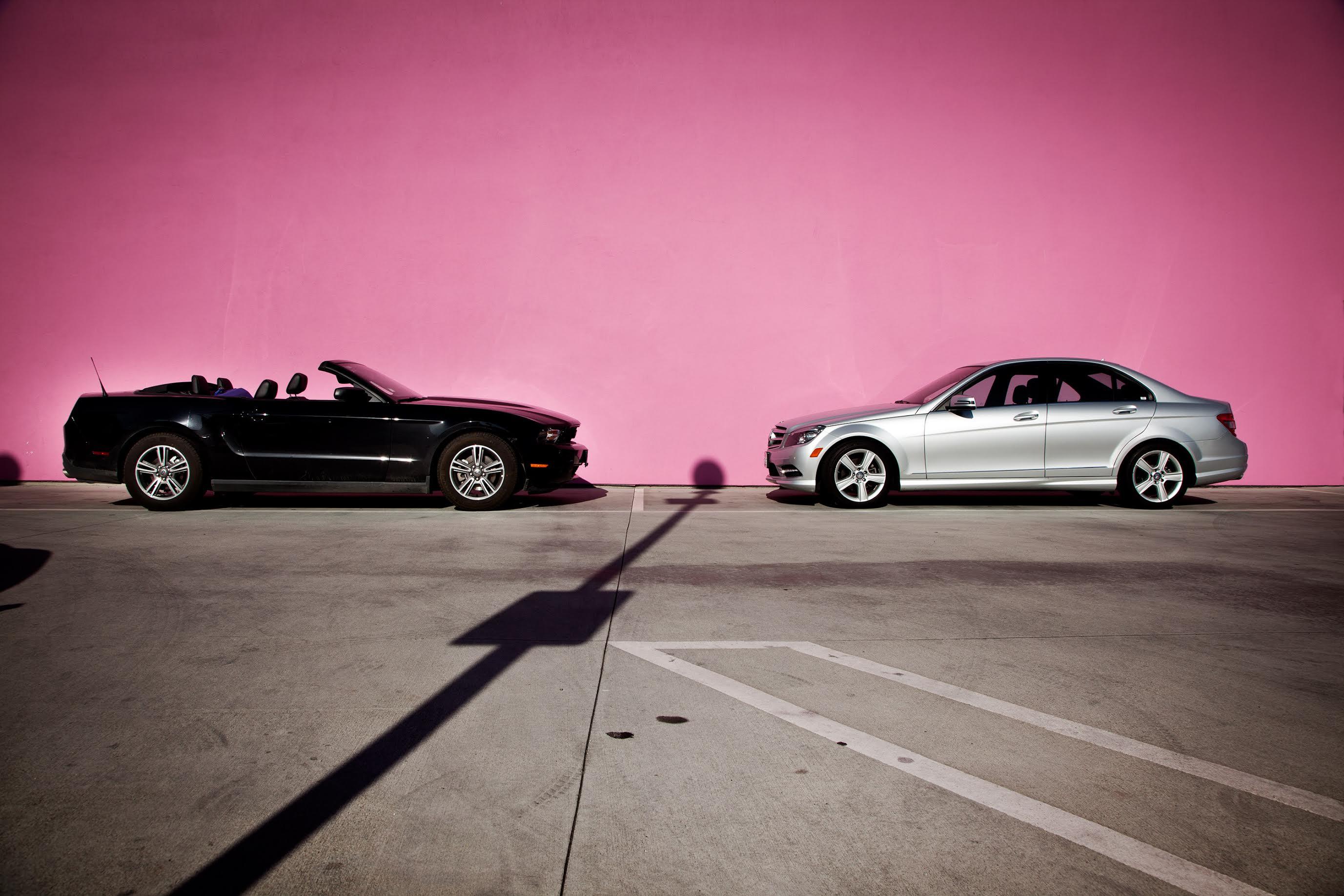
Sometimes it’s magic; sometimes you turn a corner and see something. It’s hard to plan it. What’s amazing, and what I try and do all the time, is when you drive along a street and look for a place to take a picture. It looks totally different to when you turn around and drive down the same street the other way. The light is so different and you might lose something if you keep going one way and don’t take the time to turn around and look the other way. It might be much better.
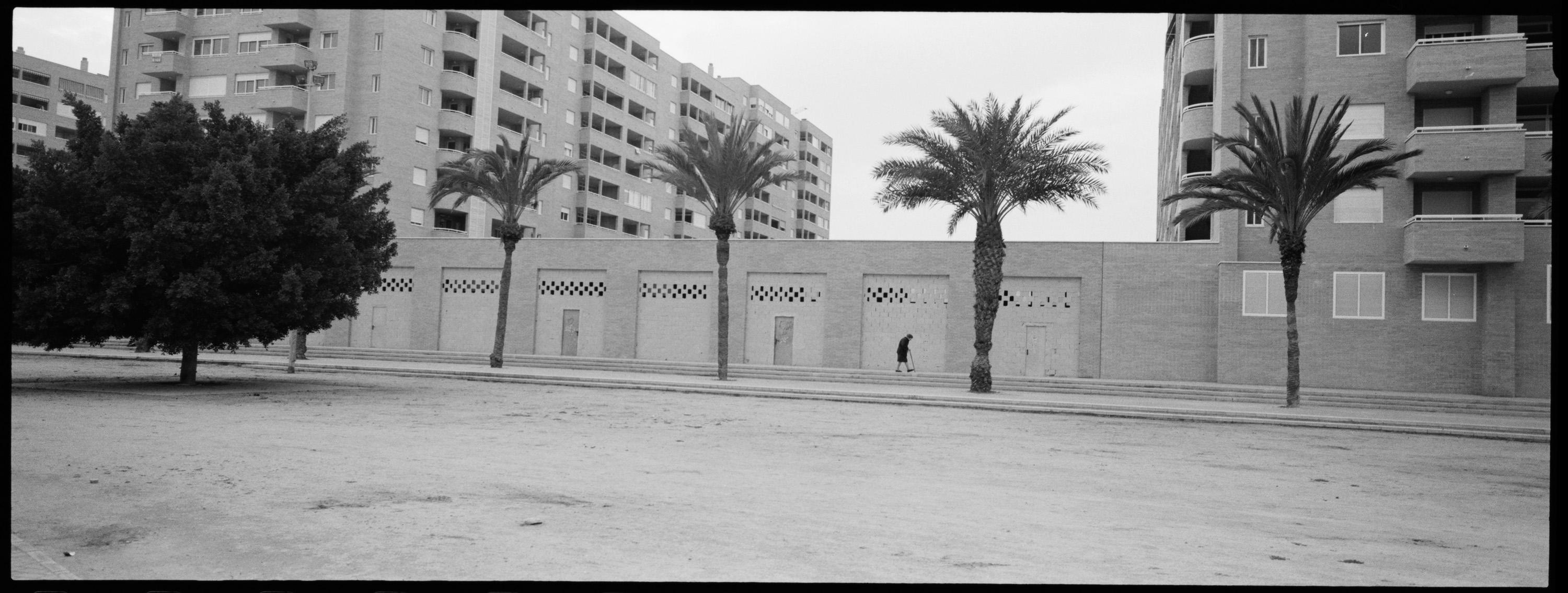
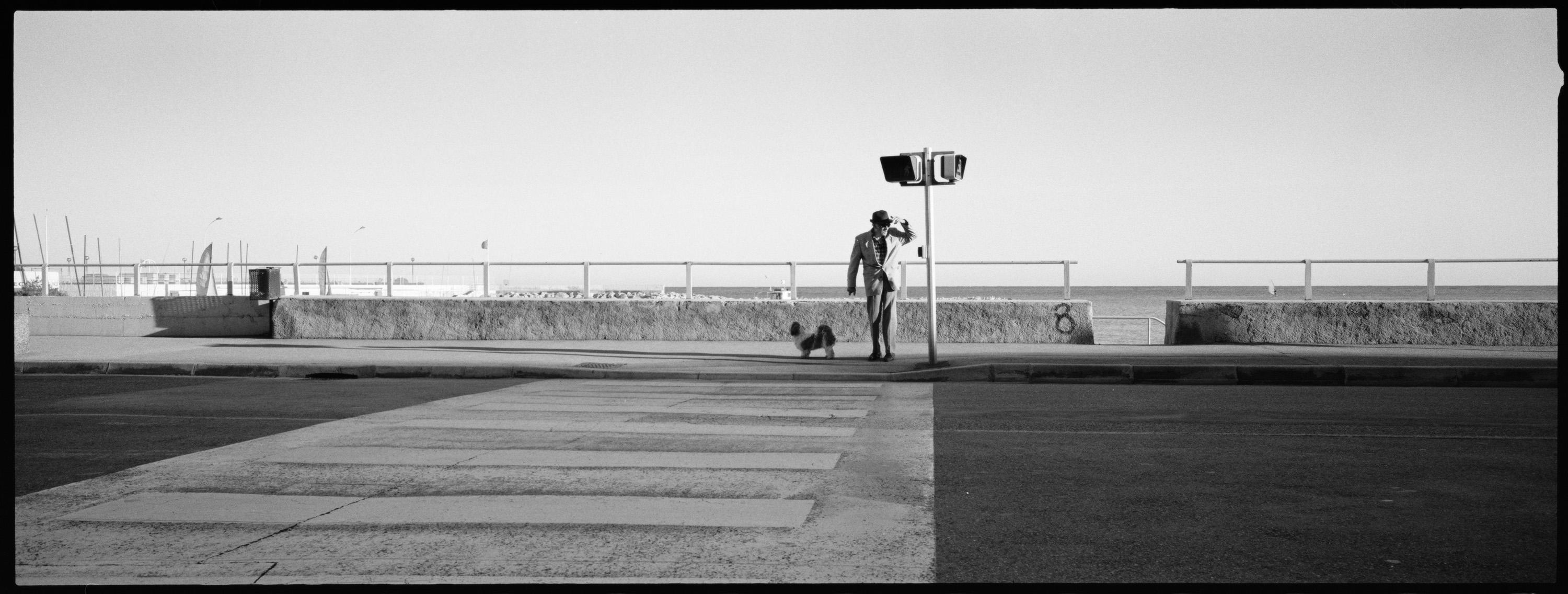
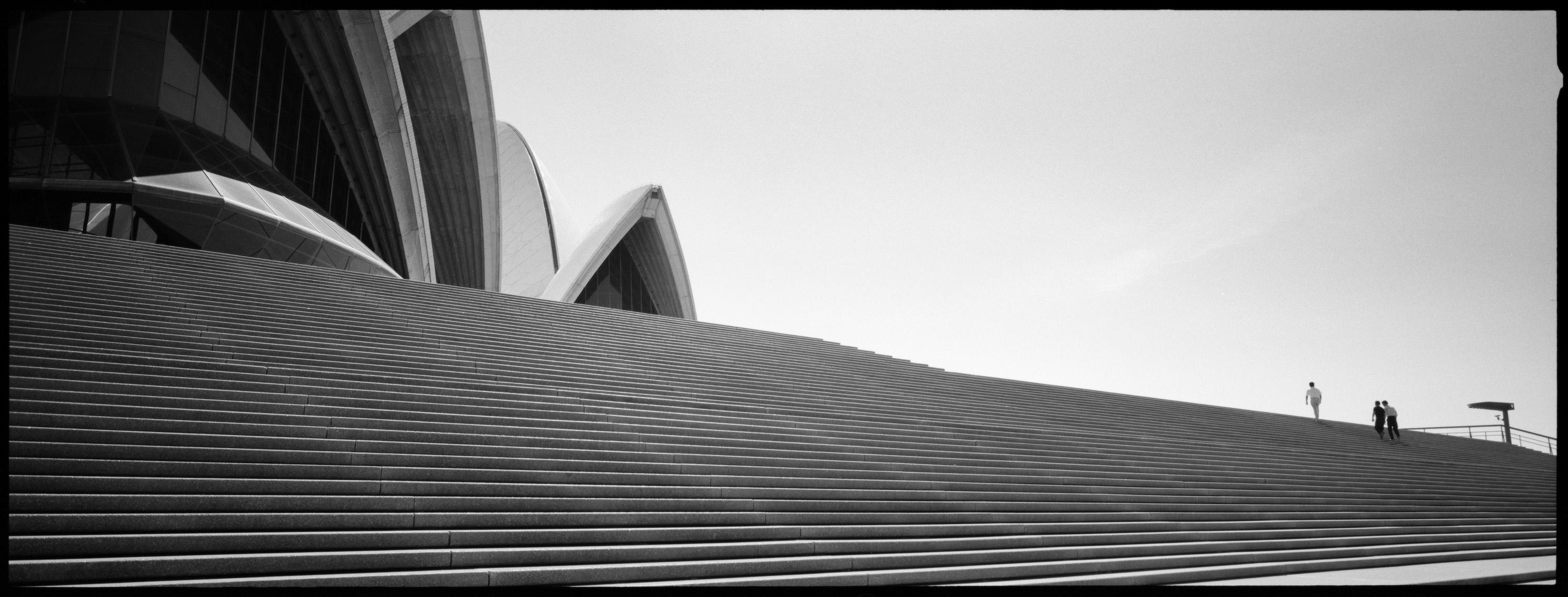
Like it was with George and the car picture moment you described.
I also absolutely love the desert. I’m fascinated by it – by the nothingness with maybe just one hint in a picture that mankind was around at some point. It creates a story. I’ve been interested in shooting landscapes ever since my location-scouting days and transition to becoming a photographer. During scouting I came through spectacular landscapes and was all by myself. So the idea developed to start a series, which was all about very lonely, remote landscapes with just a little hint at civilisation in them – be it a telephone cable pole or a dumped TV set - anything that told the story that humans were around at some point, but that nature is so vast and strong that it often claims back the territory. Sometimes there would even be humans in the pictures, but mostly they appeared very small; lonely. I called this series ‘(not) alone’. That view on the world still fascinates me today.
And then there can be those plain moments – like a sunrise. If you see the start of the day in a beautiful landscape, there’s nothing better.

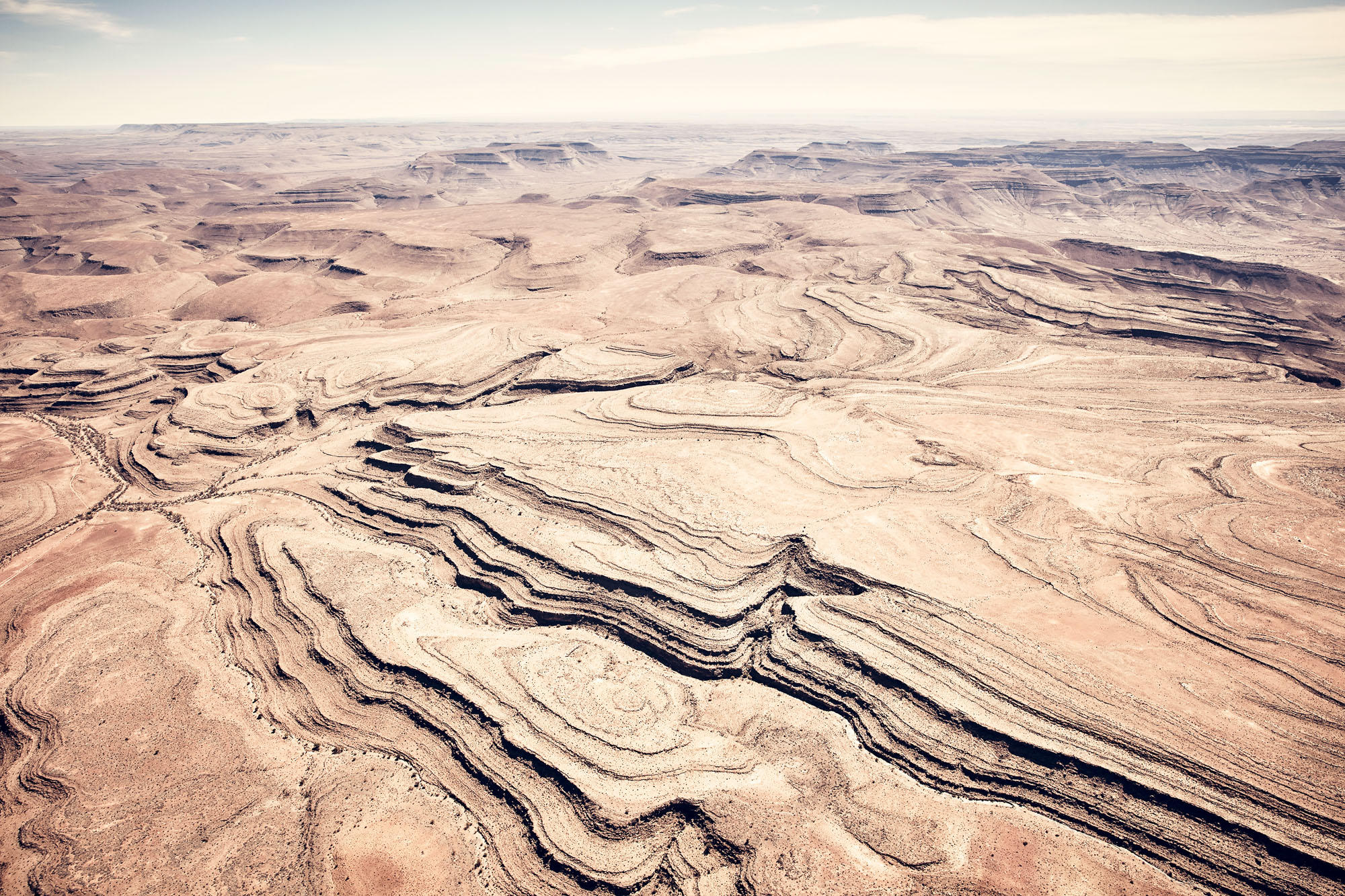

And you’ve focused on desertscapes again in your recent project on the Namibian desert?
The Namibia work isn´t intentionally part of the same ‘(not) alone’ series, but I keep realising that most of my landscape images transport something like that. With this project, the view from the air allowed for very interesting angles. I’ve often had the chance to shoot landscapes from the sky, and I think it is a very revealing view from up there. You can easily see where humans leave their footprint, or where nature is completely untouched (or has taken the land back). One of my favourite (desert) places is Twentynine Palms in the Californian Mojave desert. I love the vast areas of nothing, the dry heat. The clean air and therefore crisp light; it is magical.
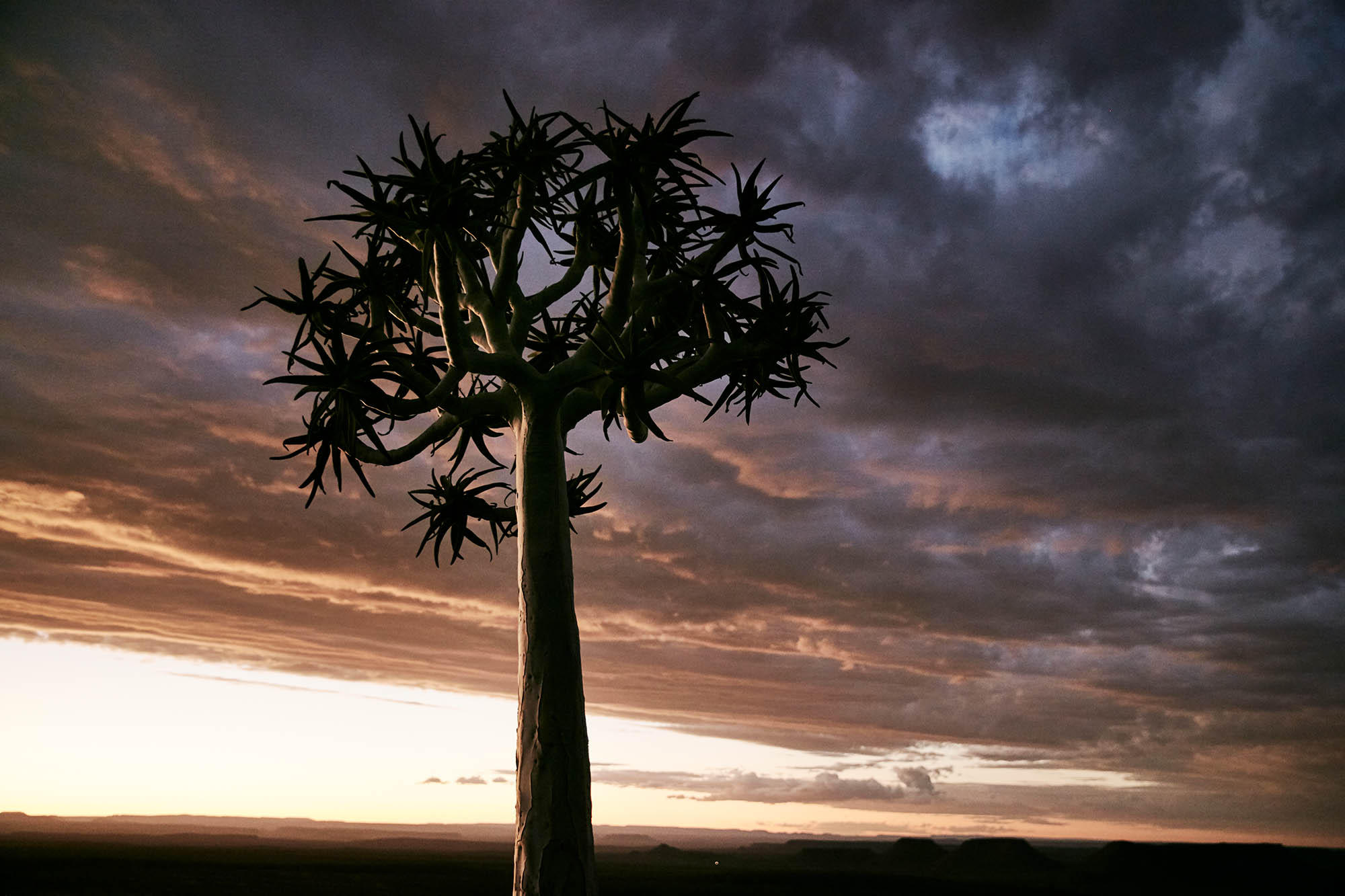
And what about any other weird and wonderful places or situations you’ve ended up in?
The first time I took photographs in a moving helicopter and they took the doors off and we were flying at 4000m over the Alps – that was interesting, to say the least. Now I’ve done it so many times, I enjoy it more than I’m afraid. But the first time, the pilot explained how you close the door so you can change location and pick up speed and then open the door when you want to shoot.
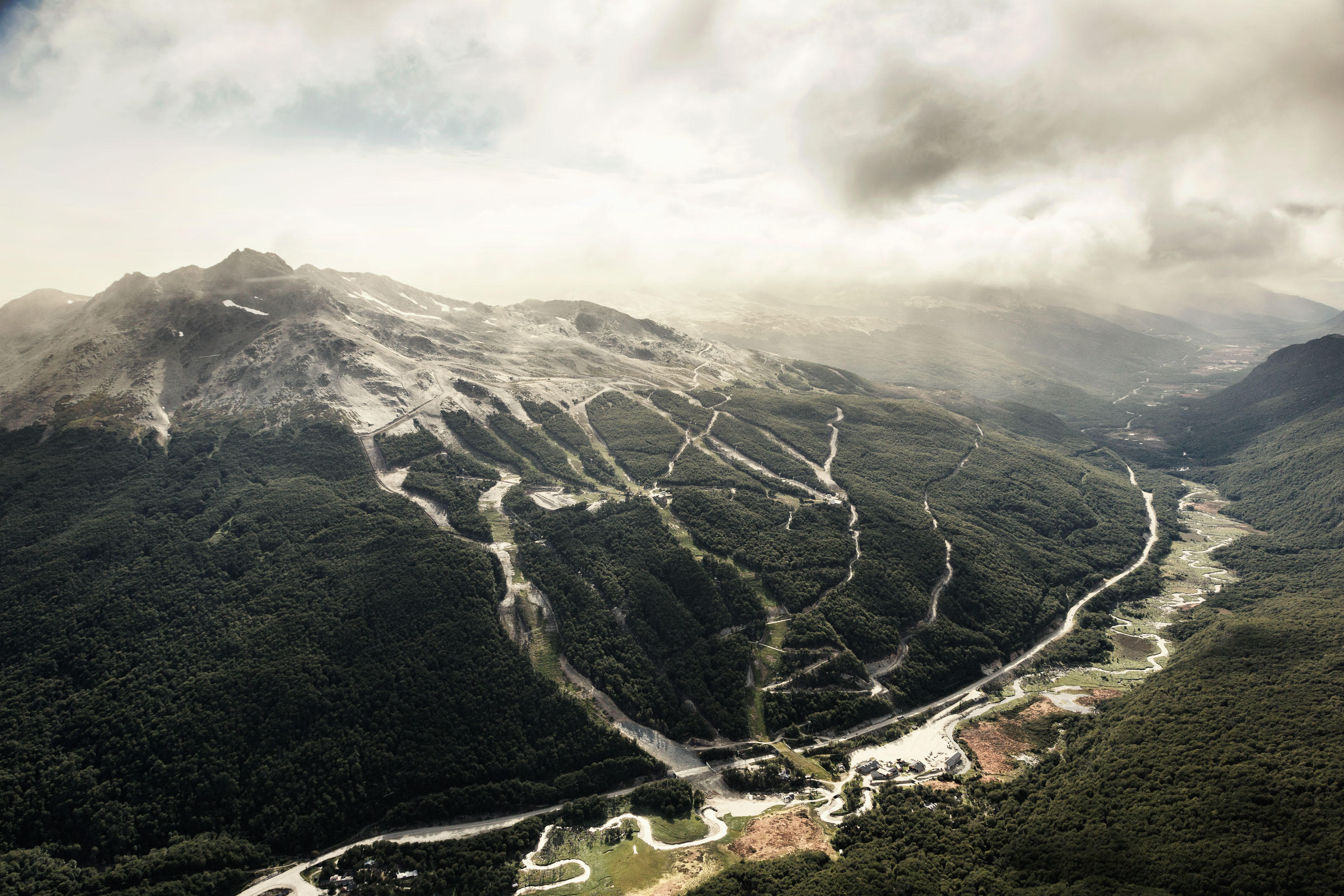
There have also been many heart-warming and beautiful moments with people. When a model you’ve worked with tells you how comfortable you made them feel, how at home, that’s really rewarding. These people give me so much of their personality – in front of the camera they’re basically naked, because I can see their emotions. And if later they say they liked the experience and working with us, then I know all the running around and the sore back at the end of the day is worth it. It’s a nice harmony.
Where is the best light you’ve found for taking pictures?
Most people say it’s Cape Town and I must say South Africa is great, the light is very crisp. Last year I was in Namibia and it’s even better there as you don’t have any pollution. With only around 2.3million inhabitants, there is no one producing smog or anything. So you have the clearest, most beautiful light and I found the same in New Zealand, which I must visit again to shoot landscapes as I don’t think you can find anywhere with more variety of landscapes – they are so big and dramatic.
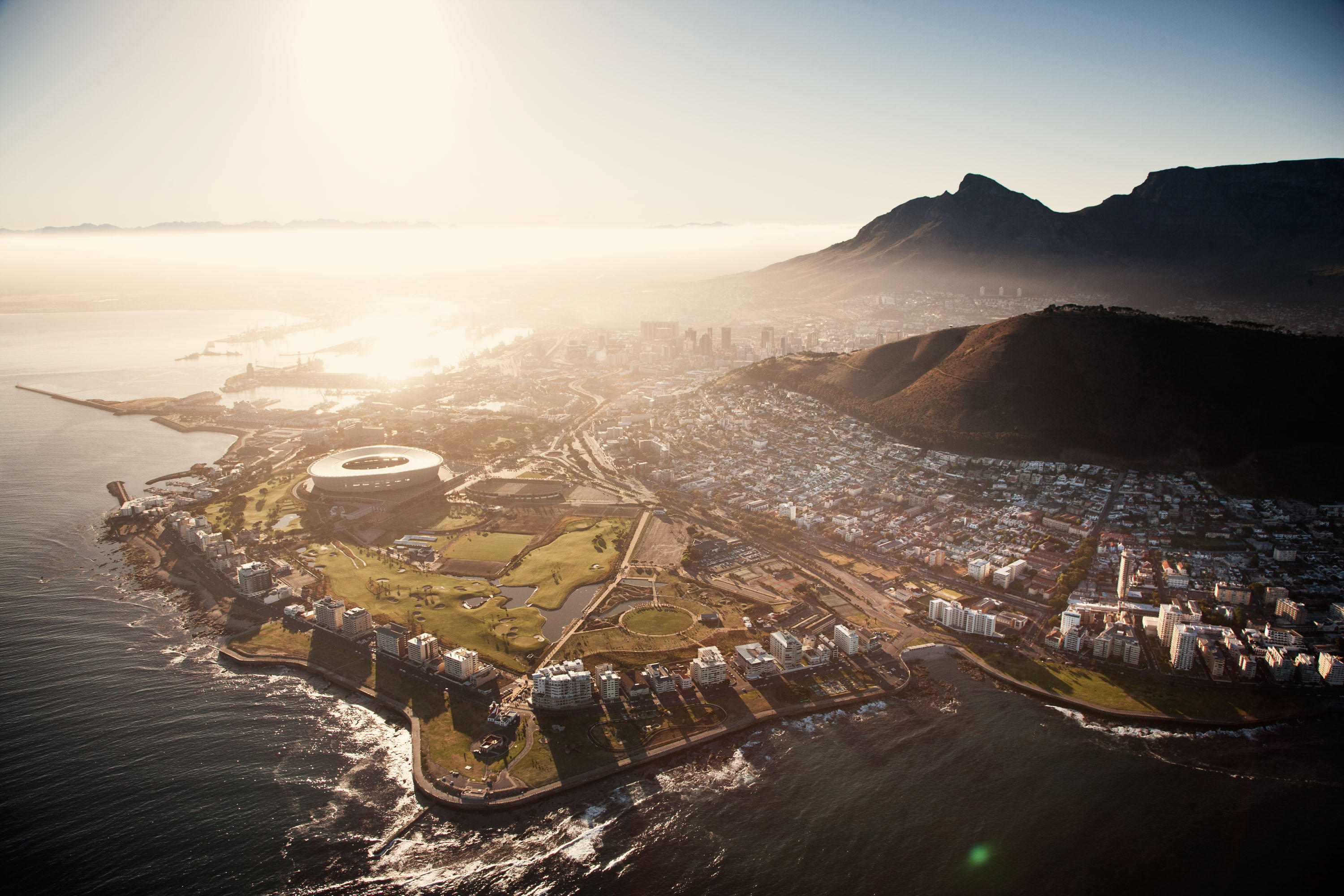
Can you ever switch off your photographer’s eye?
No. If there’s an interesting surrounding, I can barely sit down and relax. I couldn’t do it. I’ll be up at 4am shooting stuff. It’s not all job; I’m not a maniac. But my girlfriend says I’m a maniac behind the camera. I get focused and don’t see anything else around me. But if you want to get something good you have to be like this, in a way.
What about time to reflect on yourself, your photography and the future?
I do a lot of thinking. It’s not that I take regular time out to sit down and think about where I am or want to be – I’ve never had a master plan. But I think photography needs to come from your heart. Sometimes it’s a matter of luck, of being in the right place, at the right time and meeting the right people. But you also have to let yourself go sometimes; open up to make something possible. It’s very interesting to look at life this way as too much planning might ruin stuff and limit you. You have to let things happen, to go further in life.
Jens is represented by Tea & Water Pictures, you can see more of his work here:
and at his own site
